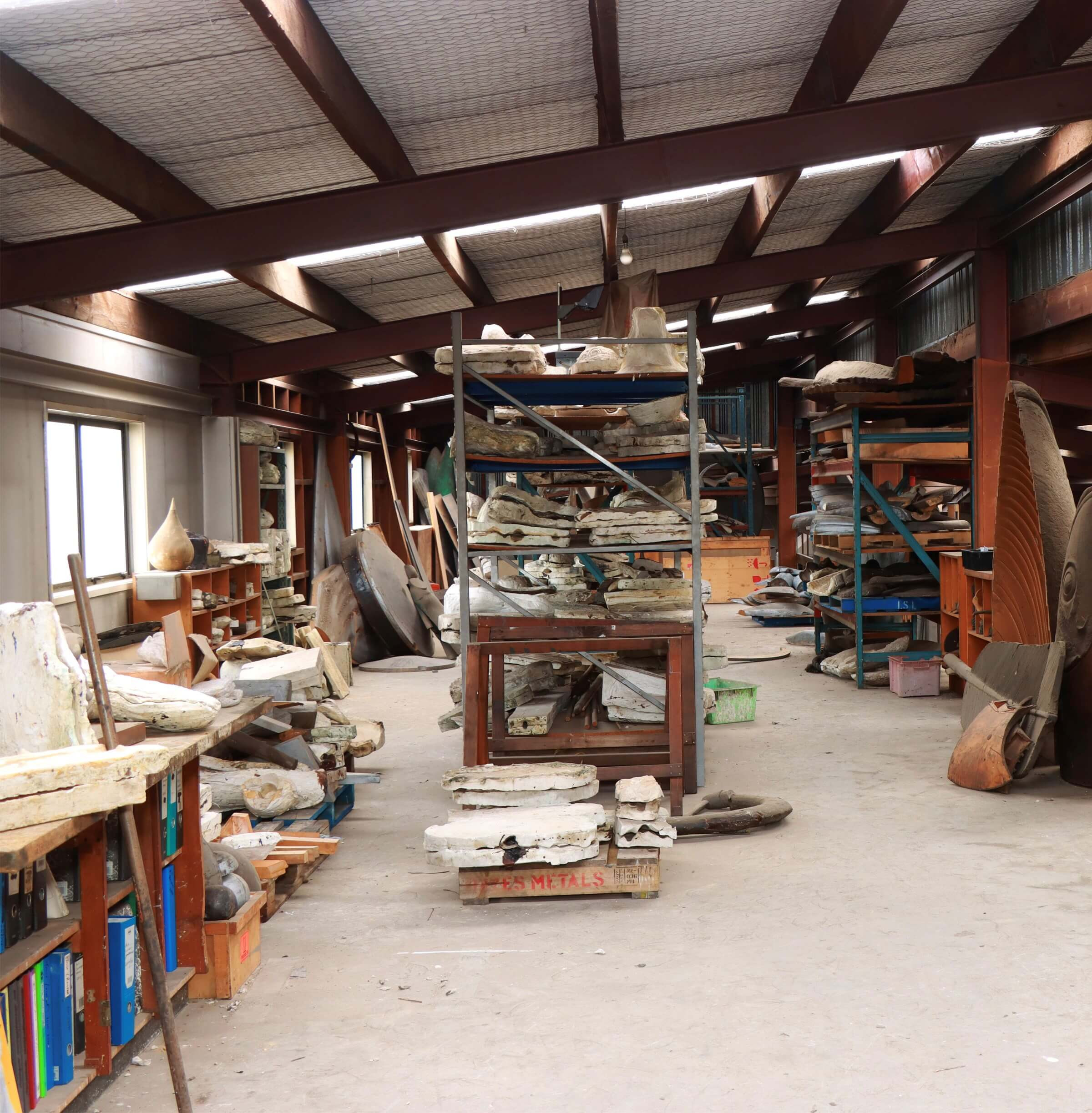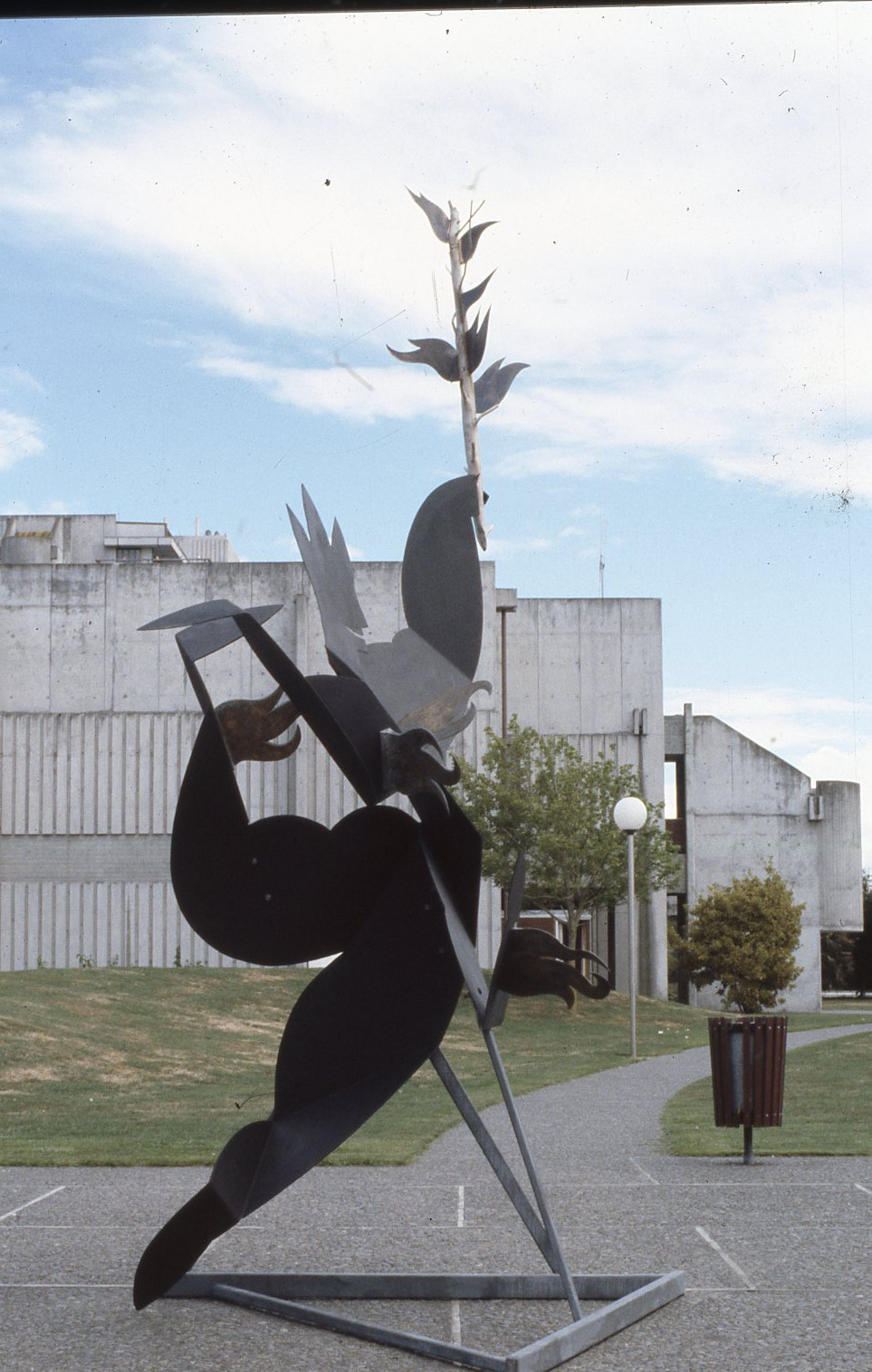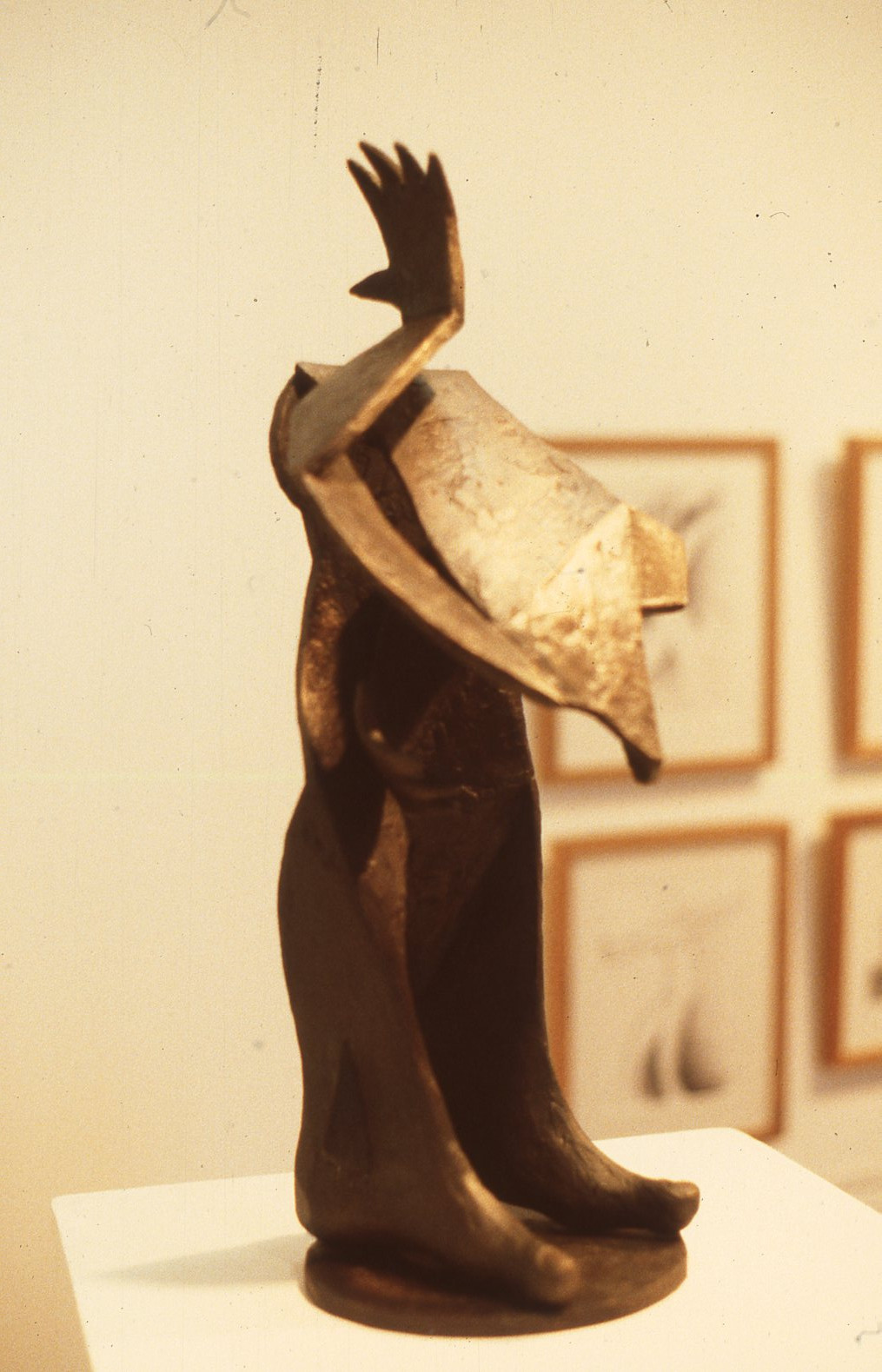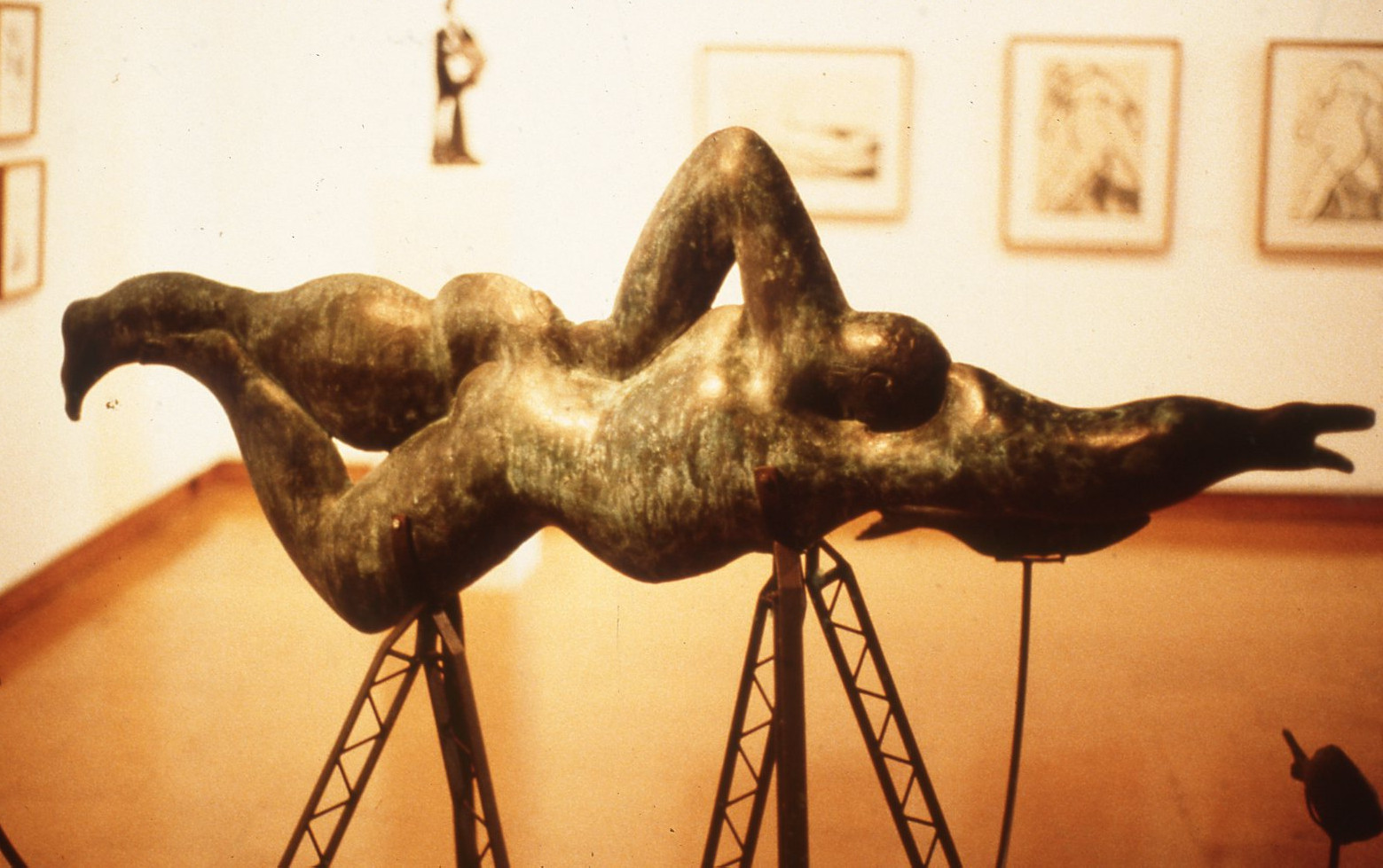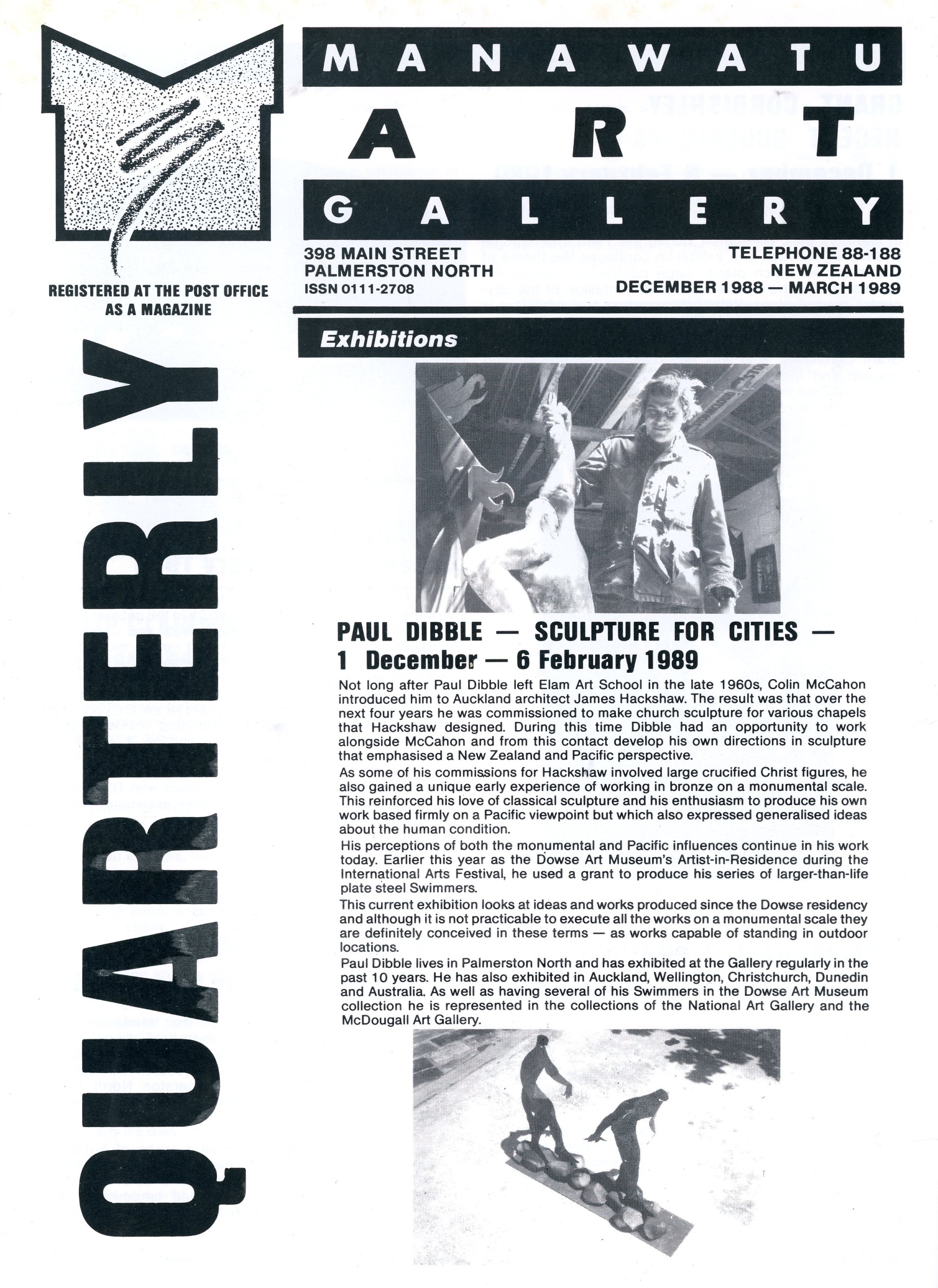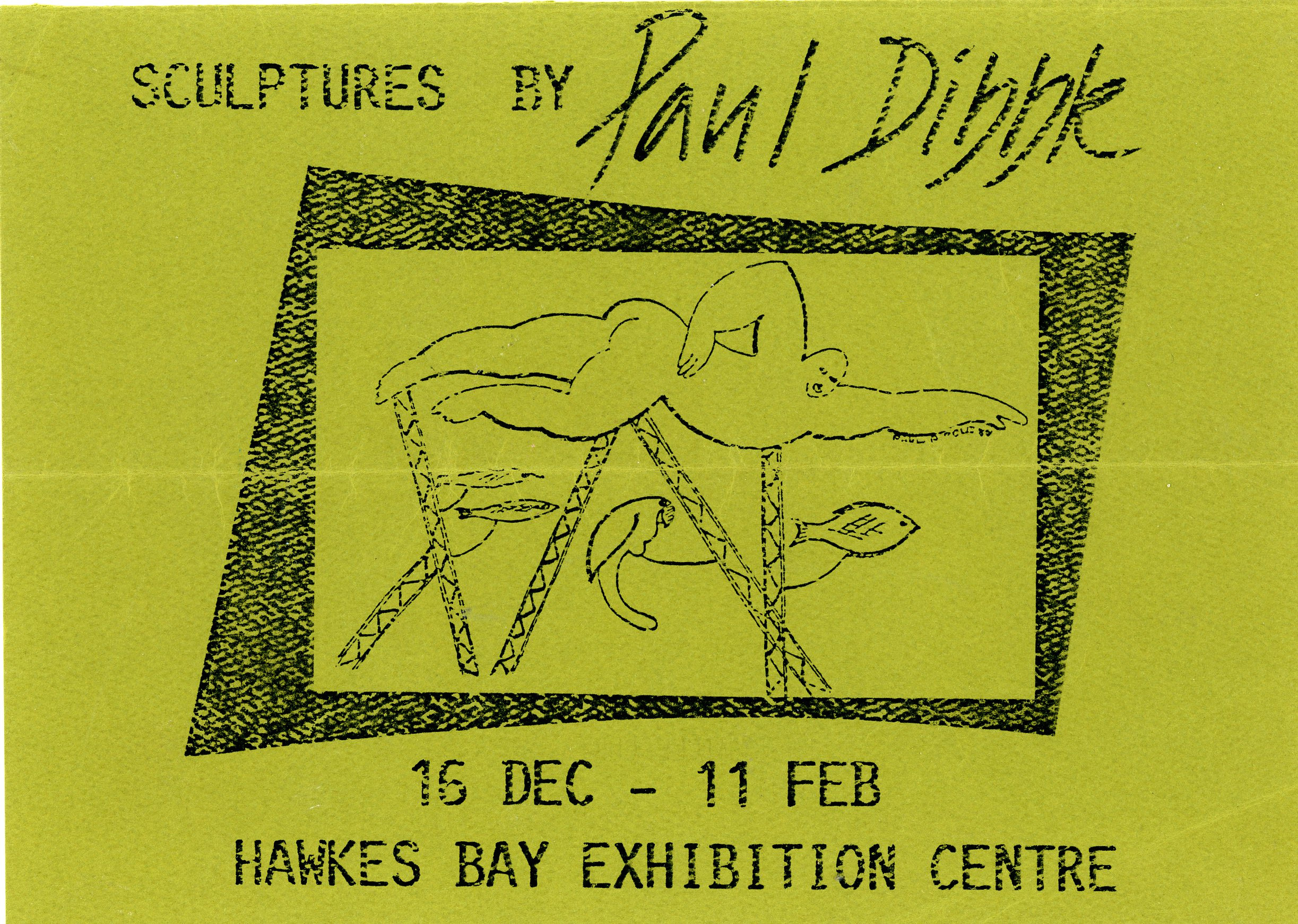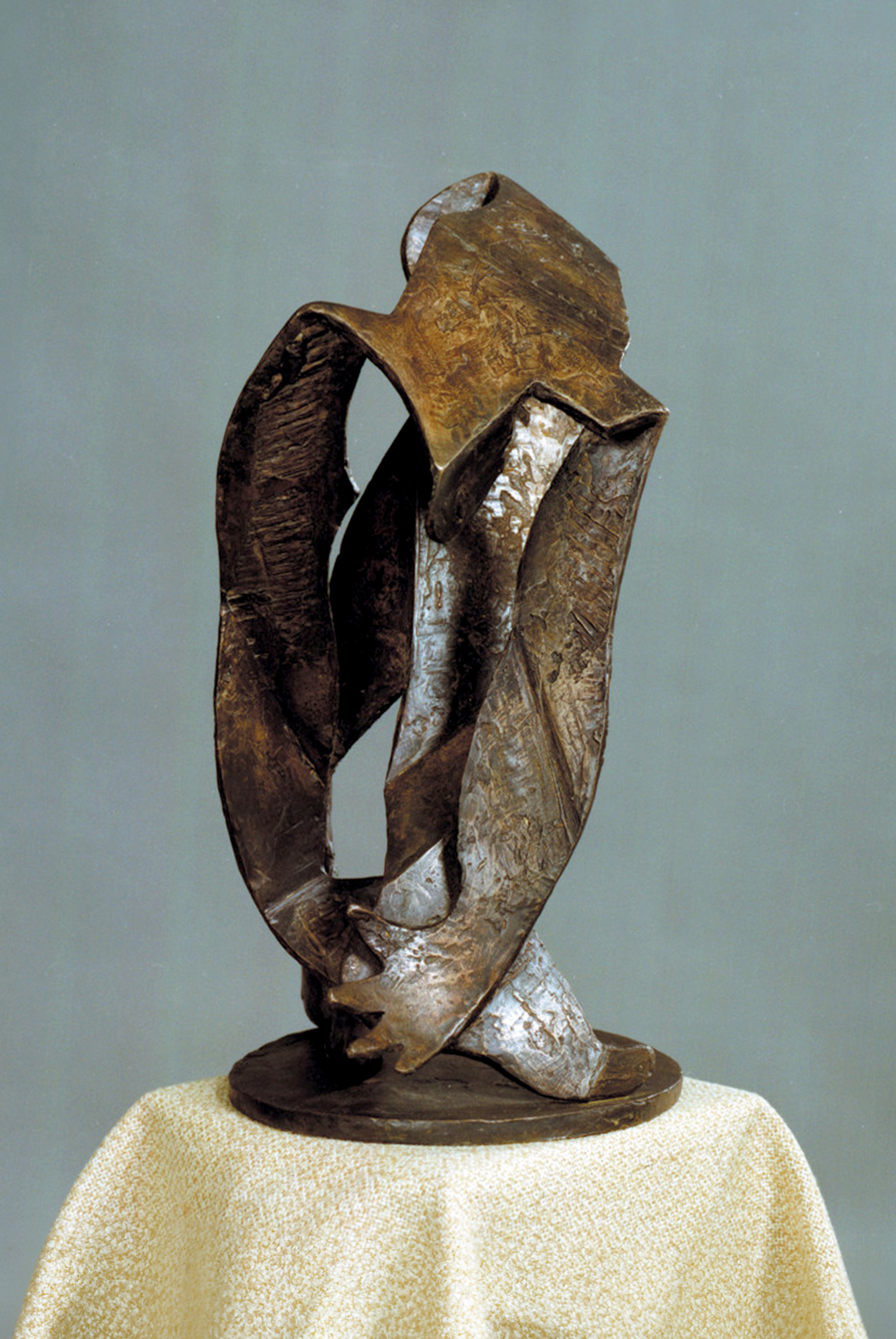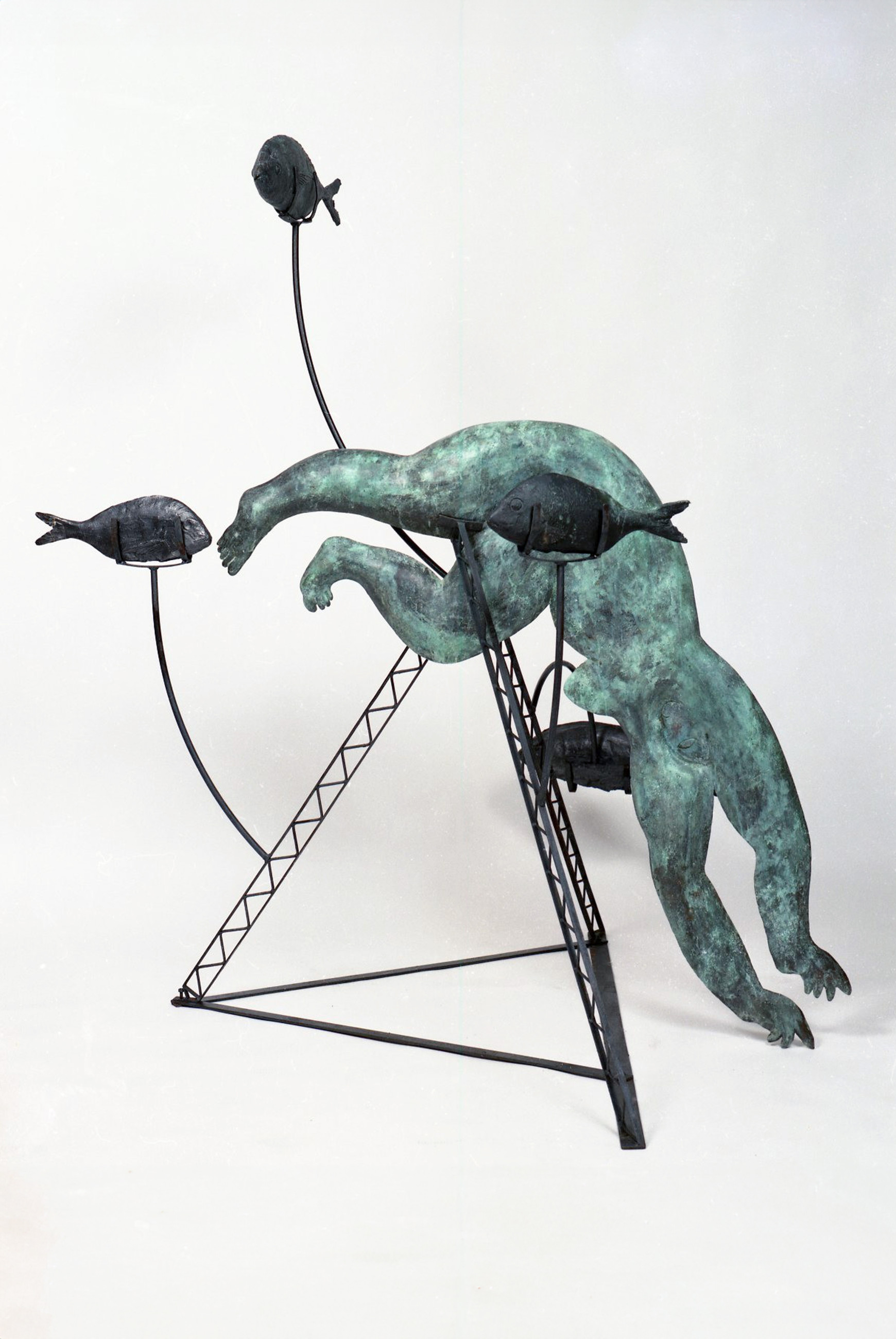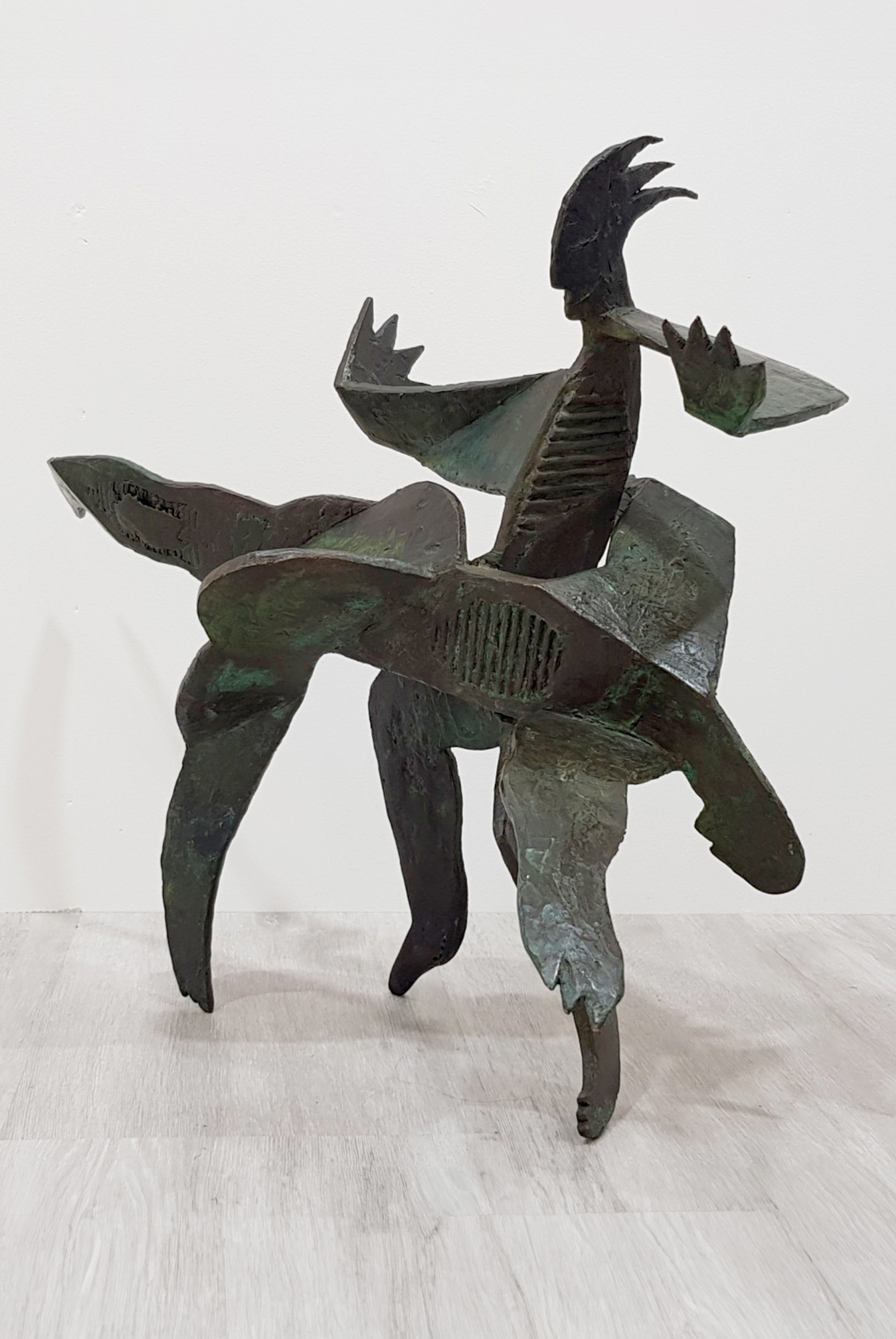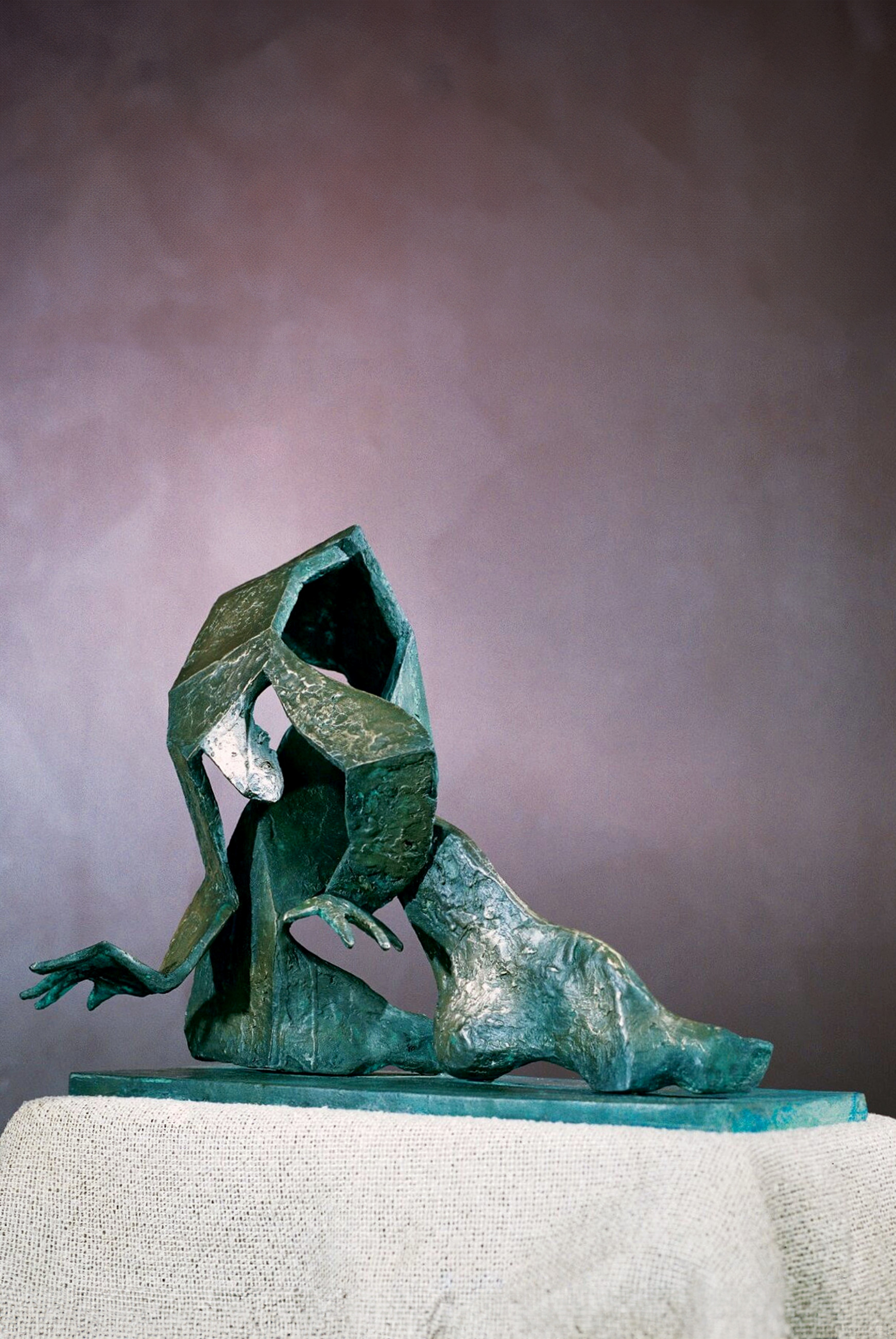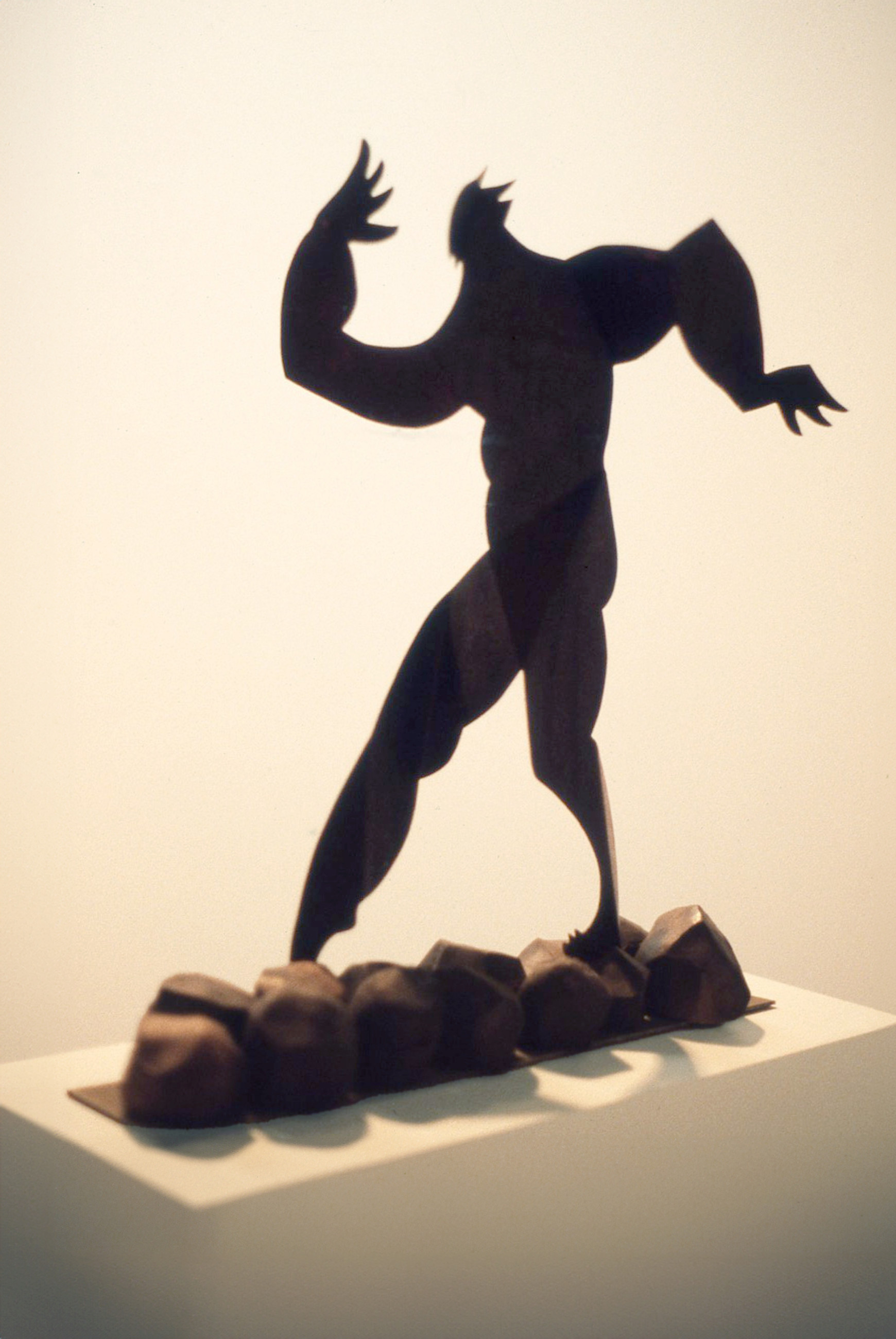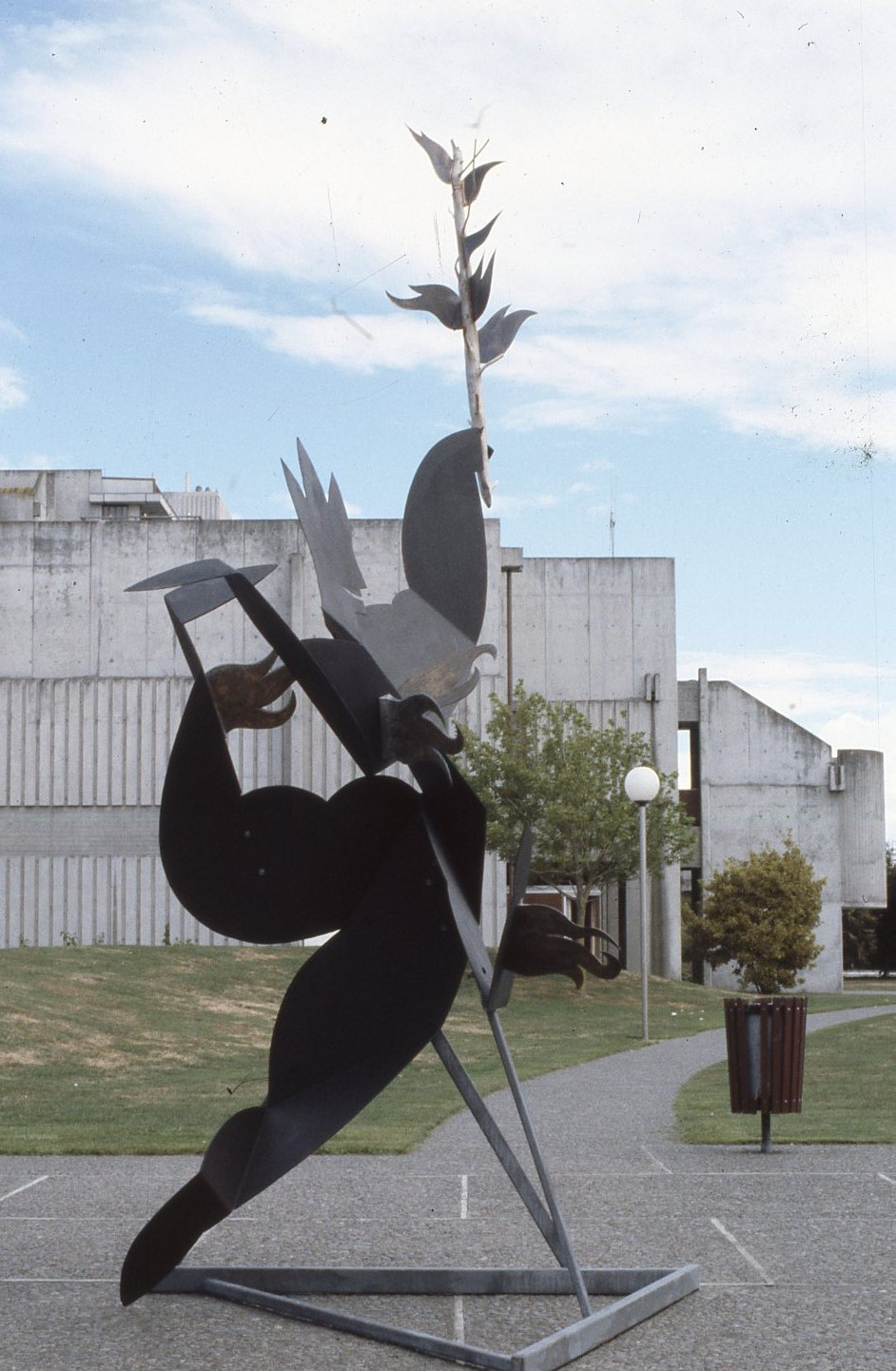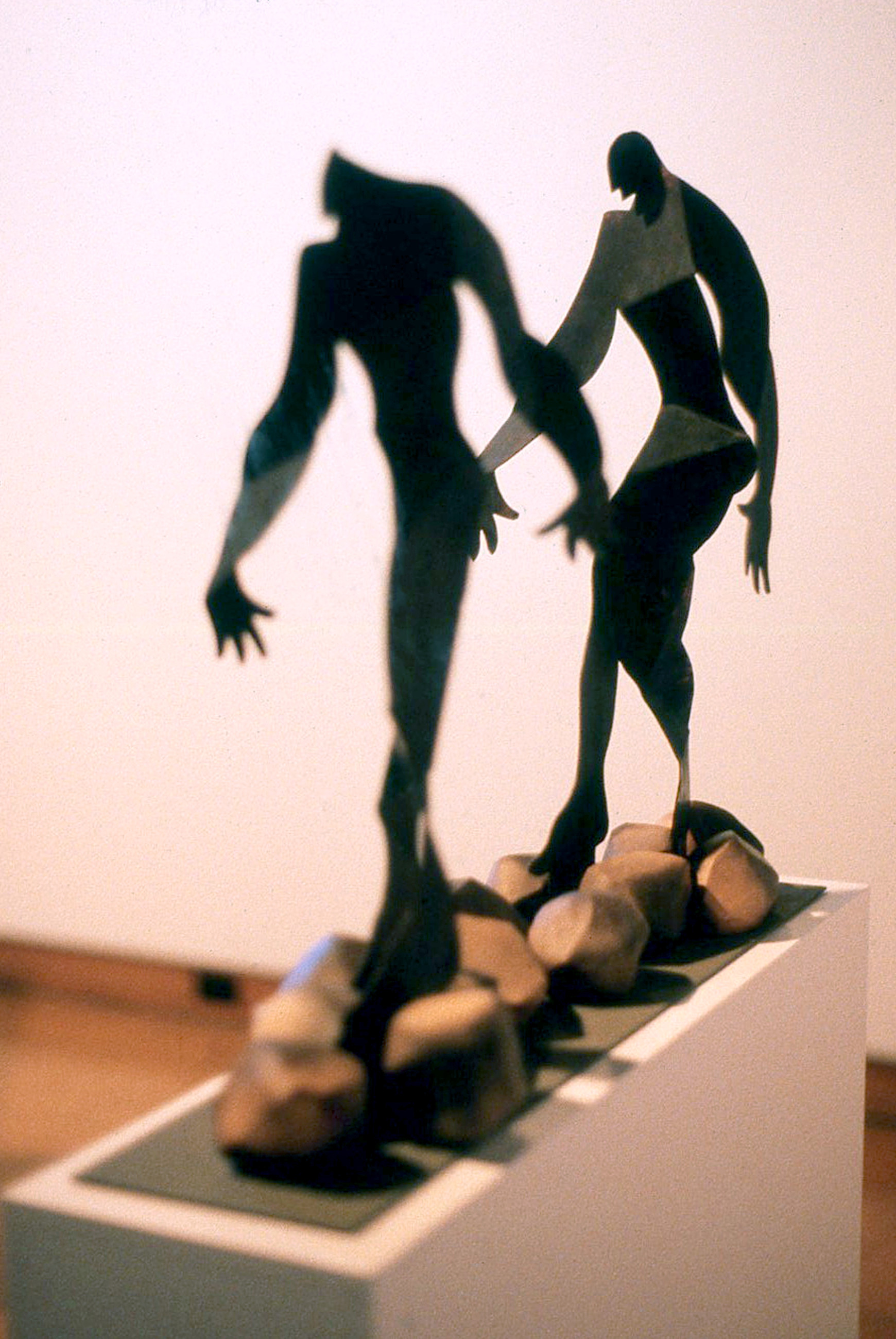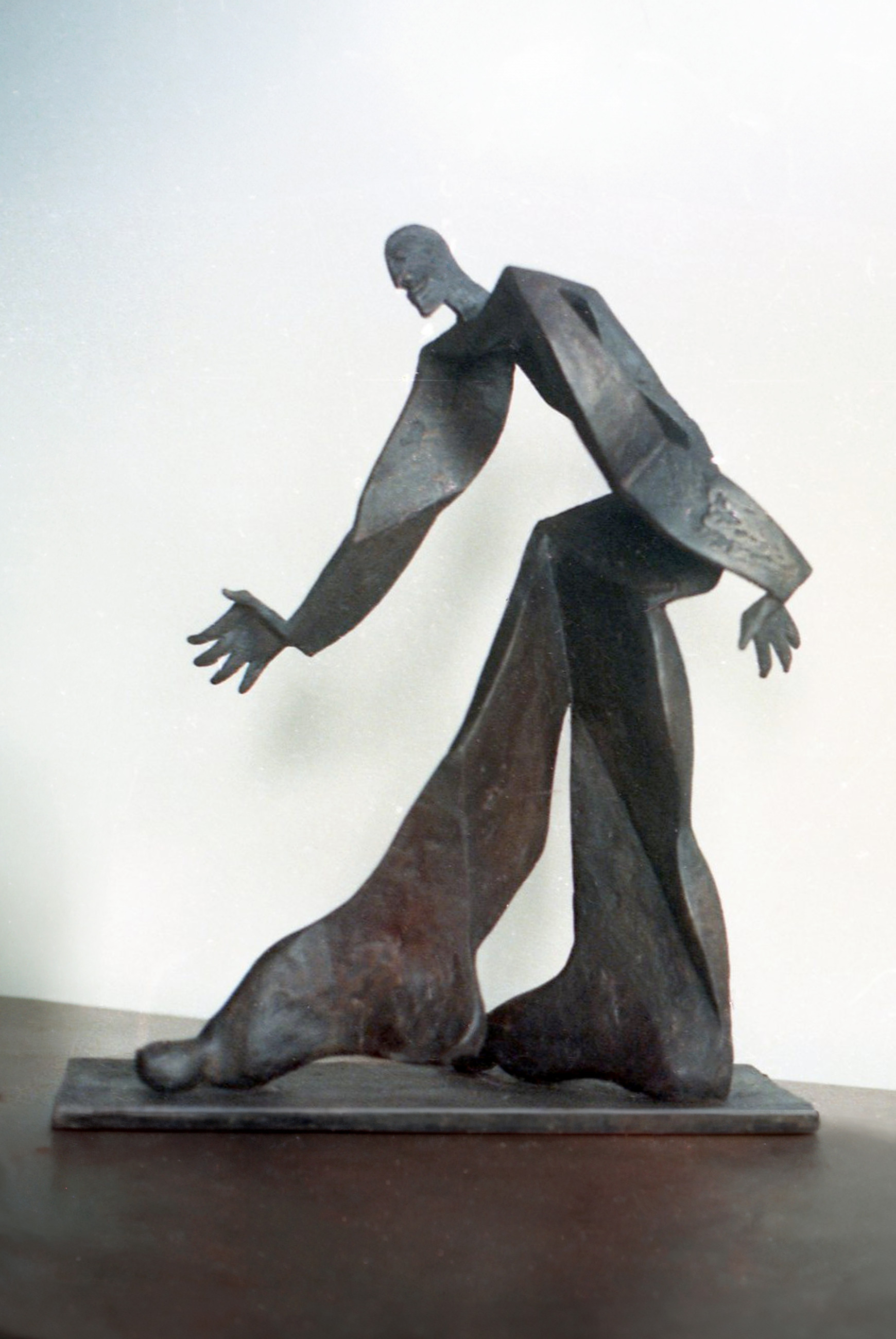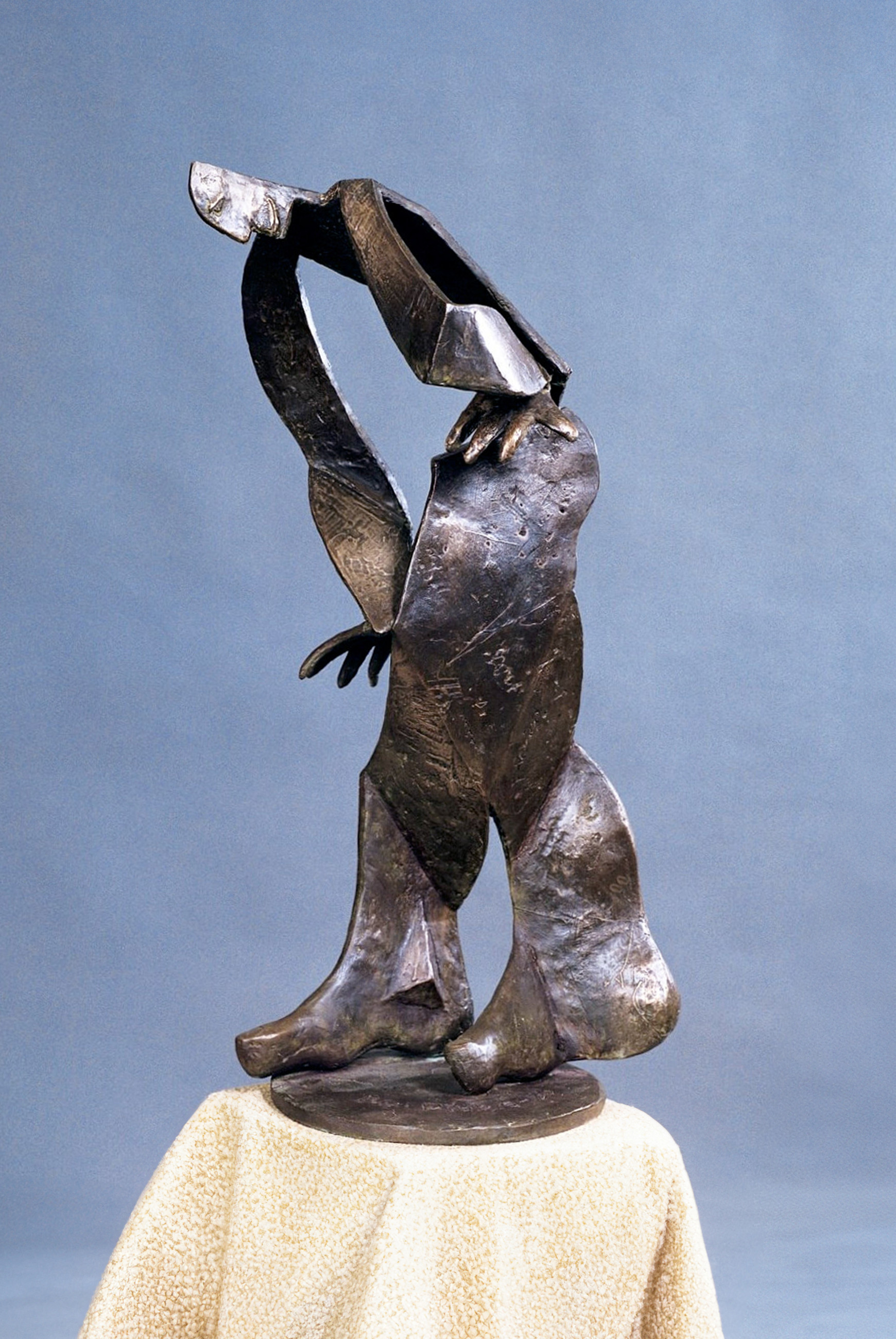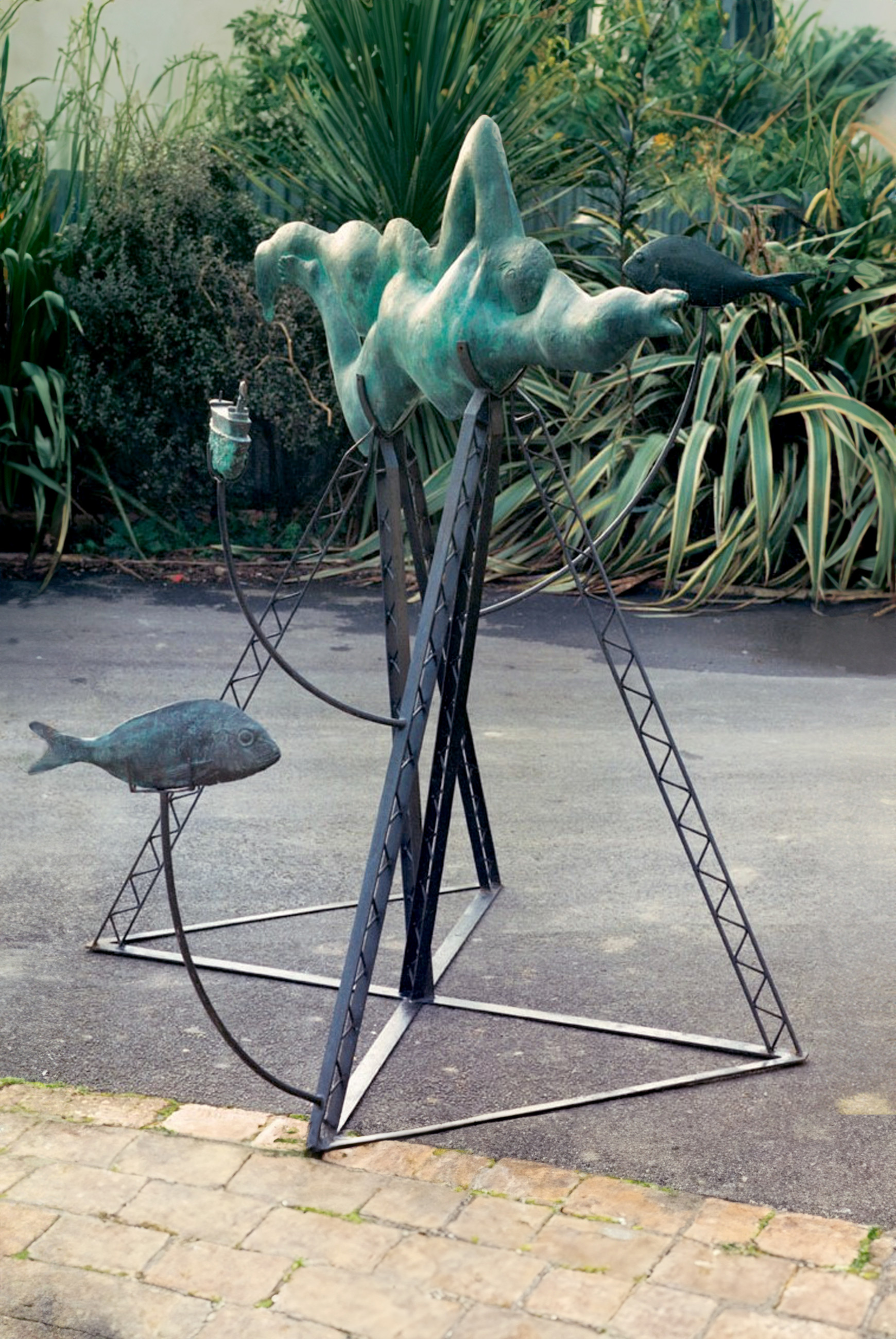December 1, 1988 - February 6, 1989 Art for Cities
December 1, 1988 - February 6, 1989 Art for CitiesSolo, Manawatu Art Gallery, Palmerston North
Text
Paul’s exhibition, “Sculpture for Cities” at the Manawatu Art Gallery flipped the table on the issue of size. It was an exhibition mostly comprised of models. This approach offered the models as possibilities – works that could be produced at scale if someone wanted to commission them. It was also the beginning of a return to bronze. Smaller cast models were technically more straightforward to cast than large works.
Years earlier, Paul had cast his own work, at a community bronze casting workshop at Square Edge in Palmerston North. He had set this up with Dave Mune. But Mune moved to Australia, Paul’s domestic life became difficult, and this community project collapsed. When Ross Wilson, who had trained at a foundry in Auckland, set up a small back yard business in Feilding named Contemporary Art, allowed Paul to regain some of his lost technology, and a newer casting method called ceramic shelling allowed for a degree of ease. It was a progression of the lost wax process, but did not require large heavy kilns to heat the moulds.
Alongside the copper cut out models (Firewalker and Pacific Miracles amongst them) Paul began a series of ‘foldings’. He used thick cardboard to make patterns, which burnt out during the casting process. In some of these castings, on close inspection, one can see the corrugations of some of the card. In another, a piece of thread (part of a system to hold the pieces together) has transferred into the casting. As his methods evolved, Paul applied wax on top of cardboard to add texture, eventually filling out the forms into more modelled and rounded shapes.
The first of these cast ‘foldings’ were quite flat. Later, they became fuller and more three-dimensional, creating a more nuanced sense of form. Some were made large, with modelled feet that tapered up into thin body shapes. This gave a sense of cautious movement, figures that “tread softly on the earth”. These works addressed environmental concerns, care of land and sea, that was becoming topical. The figures’ bulky softness seem to imply a reverence for the ground they move across. In some the heads were rounded, and the hands modelled instead of flat cut out, contrasting further with the flat of the bodies. These are emotional pieces. Even the forms’ titles, such as The Final Bow, and Soft Shuffle, have a sense of fragility. In Captain Oates’ Last Walk, the figure seems to be about to collapse. Its hands are splayed out, either in anguish or to brace for a fall. This, the self-sacrifice of the Antarctic explorer, was one of the tales that fit with Paul’s heroes; he was inspired by characters of deeds, but with very human vulnerabilities.
This exhibition travelled and was also shown at the Hawkes Bay Exhibition Centre from December 16 to February 11th.
